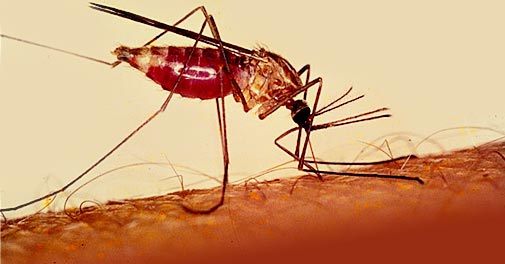Researchers have warned that Climate change threatens to double malaria risk by 25 million by 2080 for those who live near dams.
This was contained in a study published on Tuesday in Malaria Journal in London.
It said this is because the areas where the disease is not currently present would become transmission zones due to climate change effect.
Solomon Kibret of the University of California and the paper’s lead author, said that without prevention measures, the number of malaria cases associated with dams could triple to nearly 3 million a year over the same period.
He, however, said that while dams clearly bring many benefits, the role of climate change on malaria around dams would fundamentally alter the current impact.
Kibret stated: “Accurately predicting the impacts of such changes is critical to planning effective disease control.
“Malaria is transmitted by mosquitoes, which breed in stagnant water such as shallow puddles along dam shorelines.”
The disease kills around 400,000 people a year, the vast majority of them children and babies in sub-Saharan Africa. World Health Organization data show there are around 200 million malaria cases a year.
Kibret said that the study has revealed that, more than half of dams that are located in malaria-free areas that would turn into transmission zones as temperatures rise due to climate change are mainly found in the east African highlands and southern Africa.
He warned that in those regions the impact of dams may be especially harsh because of lower immunity among people who have not had to deal with the disease before.
Kibret said that Africa is experiencing a surge in dam construction so as to generate electricity, irrigate crops and store water for fast-growing populations.
He advised that dams should be designed and managed to minimize the breeding of mosquitoes, such as periodically drying out shoreline areas or introducing fish that eat mosquito larva in reservoirs.


